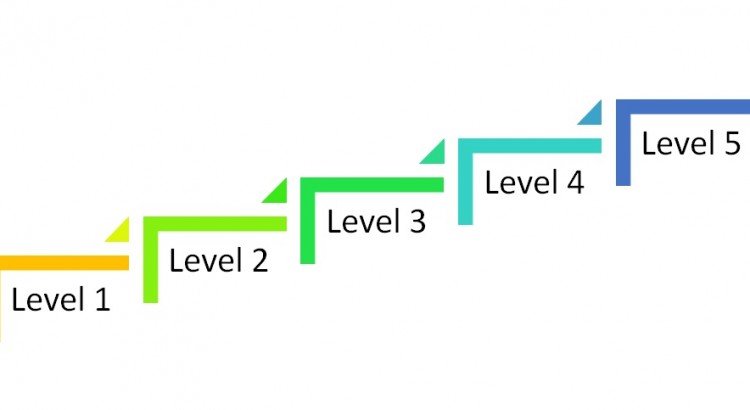
I am prompted to write this following a few discussions I have seen and contributed to over the past month. It was initially the discussion on Linked In about the value of the PDF CV (apparently from a recruiter’s point of view it’s terrible). Then at the PMO flashmob I was handed a different style business card, which just had PMO on one side, and the person’s details on the other. I then saw the write-up from that flashmob. All of this tumbled around a bit and it got me thinking where are we?
How recruiters see CVs
Chatting to Lindsay Scott from Arras People it was clear that she (as a recruiter) sees things differently from the rest of the people who I spoke to about a CV. In order for the recruiter to see your CV (which is obviously great), then a keyword search is done, so if you don’t have the correct combination of keywords then you aren’t going to appear in the short(er) list that is going to be presented to the recruiter.
Only once you have passed the keyword test, which by the way is done against a database and not your CV will someone then actually look at your CV.
How candidates want CVs to appear
You (like me) have probably spent hours poring over your CV, making sure that aligns to the keywords that are in the job advert. Making sure not only the spelling, but the grammar is perfect. Therefore when you send your CV it is so sparkling everyone is dazzled and therefore it must be the one that is read, and everything else is ignored. You get an immediate pass into the interview round, because it is so obviously you are made for the role.
Reading a CV
I have spent some time reading CVs when I have wanted to recruit. The first thing to say is that I read a CV for a contract role differently from a CV for a permanent role. Why? Well put simply the contract person is one I want to come in and be able to start the job first day. Whereas the permanent person I want to see an element of where they are going to be, what will be their future in the organization? So yes, even at CV reading stage I am looking at career development.
There are other things I look at regarding career history, looking for length of contracts, renewals, drive and ambition as well as technical skills. If I am then interested in them I may do some research on Linked In to find out a bit more about them. I typically get a second opinion as well. This is normally done by getting the other person to read the CVs and then we compare notes, so as not to influence the other person. To ensure a level playing field I try and sort them in surname order as well.
A new generation of CVs?
As we all seem to want different things from a CV, perhaps this is the wrong format. We are using something that is paper based (what ever happened to that electronic office?). Perhaps we should start to go the HTML route (for those non technical think of it as a web page). This would then allow the recruiters to be happy as we could all stuff our web pages with those wonderful META tags which have all of the buzz words. We can get the fancy formatting that the person writing the CV wants. We can even get a nice picture included as well. It then means that the format is contained. If the recruiter then wants to put their contact details as a header & footer, then all they need to do is to put a frame around the CV content and put their information at the top & bottom. For those people who like paper, as it allows it to be scrawled on and the o’s and a’s coloured in during a dull meeting moment, you can print the pages as well.
Hang on a minute though …… this sounds like I have just described linked in? If we have that, then remind me, why do we all have a CV and a business card?
